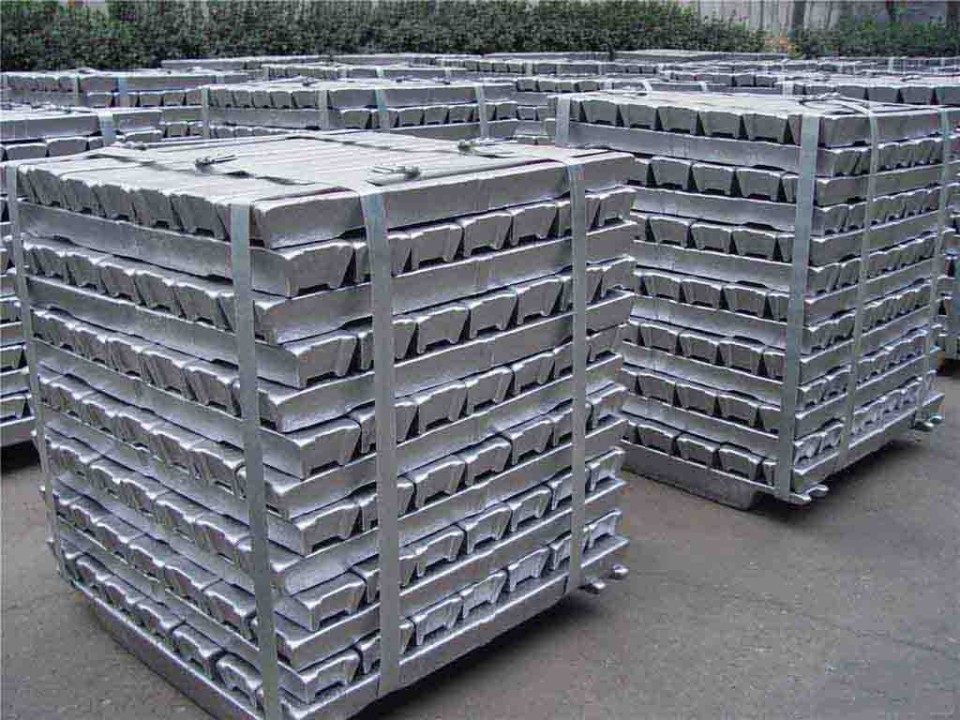I. Introduction
The quality of primary aluminum produced in aluminum electrolytic cells varies significantly, and it contains various metal impurities, gases, and non-metal solid inclusions. The task of aluminum ingot casting is to improve the utilization of low-grade aluminum liquid and remove impurities as much as possible.
II. Classification of Aluminum Ingots
Aluminum ingots are classified into three types based on composition: remelting ingots, high-purity aluminum ingots, and aluminum alloy ingots. They can also be categorized by shape and size, such as slab ingots, round ingots, plate ingots, and T-shaped ingots. Below are several common types of aluminum ingots:
Remelting ingots: 15kg, 20kg (≤99.80% Al)
T-shaped ingots: 500kg, 1000kg (≤99.80% Al)
High-purity aluminum ingots: 10kg, 15kg (99.90%~99.999% Al)
Aluminum alloy ingots: 10kg, 15kg (Al-Si, Al-Cu, Al-Mg)
Plate ingots: 500~1000kg (for plate production)
Round ingots: 30~60kg (for wire drawing)
III. Aluminum Ingot Casting Process
Aluminum tapping—Dross removal—Weight inspection—Material mixing—Furnace loading—Refining—Casting—Remelting ingots—Final inspection—Final weight inspection—Storage
Aluminum tapping—Dross removal—Weight inspection—Material mixing—Furnace loading—Refining—Casting—Alloy ingots—Casting alloy ingots—Final inspection—Final weight inspection—Storage
IV. Casting Process
The current aluminum ingot casting process generally utilizes the pouring technique, where aluminum liquid is poured directly into molds and allowed to cool before extraction. The quality of the product is mainly determined at this step, and the entire casting process revolves around this phase. Casting is the physical process of cooling liquid aluminum and crystallizing it into solid aluminum ingots.
1. Continuous Casting
Continuous casting includes two methods: mixed furnace casting and external casting, both using continuous casting machines. Mixed furnace casting involves pouring aluminum liquid into a mixed furnace for casting and is mainly used for producing remelting ingots and alloy ingots. External casting directly pours from the crucible to the casting machine and is used when the casting equipment cannot meet production requirements or when incoming material quality is poor.
2. Vertical Semi-Continuous Casting
Vertical semi-continuous casting is primarily used for producing aluminum wire ingots, plate ingots, and various deformation alloys for processing. After material mixing, the aluminum liquid is poured into the mixed furnace. For wire ingots, a special Al-B disc is added to remove titanium and vanadium from the aluminum liquid before casting. Surface quality of aluminum wire ingots should be smooth without slag, cracks, or gas pores. Surface cracks should be no longer than 1.5mm, slag and edge wrinkles should not exceed 2mm in depth, and the cross-section should be free from cracks, gas pores, and no more than 5 slag inclusions smaller than 1mm.For plate ingots, an Al-Ti-B alloy (Ti5%B1%) is added for refinement. The ingots are then cooled, removed, sawn to required dimensions, and prepared for the next casting cycle.
Edited by May Jiang from MAT Aluminum
Post time: Mar-01-2024


